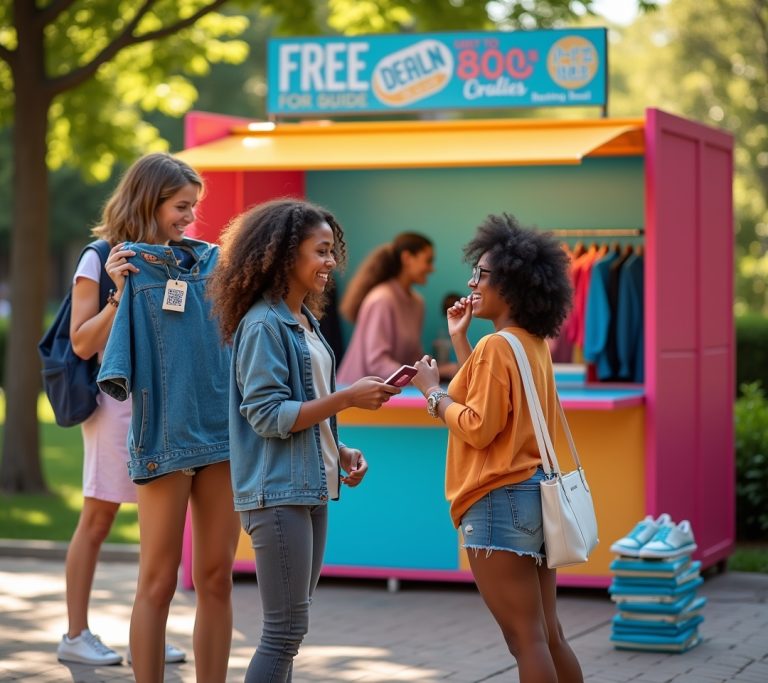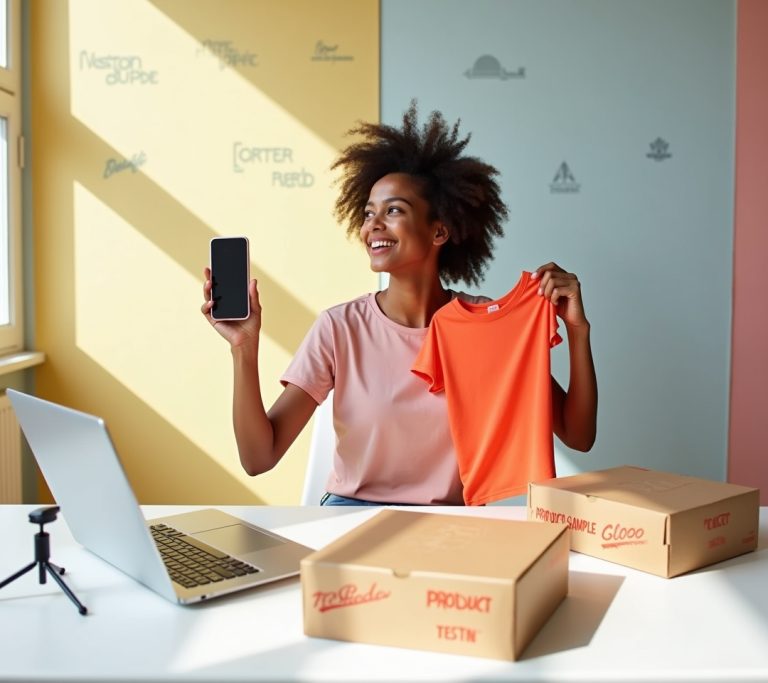Advertisements
Did you know that Under Armour receives over 50,000 product testing applications each year, but only accepts around 2-3% of applicants? That’s a pretty exclusive club! As someone who’s been obsessed with athletic gear for the better part of two decades, I’ve always wondered what it would be like to get my hands on Under Armour’s latest innovations before they hit the shelves. After diving deep into their testing programs and even applying myself (spoiler alert: I got rejected twice), I’m here to share everything I’ve learned about Under Armour testing.
What Exactly is Under Armour Testing All About?
Under Armour testing isn’t just about getting free gear – though that’s definitely a nice perk! The company runs several different programs to evaluate their products in real-world conditions. I remember thinking it was just a marketing gimmick until I met my neighbor Jake, who actually got accepted into their Under Armour wear test program back in 2022.
The testing process involves regular athletes like you and me putting products through their paces. We’re talking everything from running shoes that need to survive hundreds of miles to moisture-wicking shirts that face the ultimate sweat test. Jake told me he spent three months testing a prototype running jacket, logging detailed feedback about everything from zipper durability to breathability during different weather conditions.
What surprised me most was how scientific the whole thing is. Under Armour doesn’t just want your opinion on whether something looks cool – they want data, measurements, and honest feedback about performance.
Advertisements
The Inside Scoop on the UA Testing Program

Getting into the UA testing program feels a bit like applying to college all over again. Trust me, I’ve been there! The first time I applied, I basically wrote “I love sports” and attached a blurry photo of myself at the gym. Yeah, that didn’t work out so well.
Here’s what I learned from my mistakes and from talking to successful testers:
- They’re looking for specific athlete profiles for each product test
- Your activity level and sport preferences matter more than your follower count
- Detailed applications with honest fitness habits perform better
- Geographic location can be a factor depending on testing requirements
The application process typically opens periodically throughout the year. When it does, you’ll need to provide detailed information about your training schedule, preferred activities, and even body measurements for proper sizing.
Navigating the Under Armour Product Tester Application
Let me be real with you – the Under Armour product tester application can be intimidating at first glance. After my second rejection (ouch!), I decided to really study what they were looking for.
The application asks for way more detail than you’d expect. They want to know your weekly training schedule, what surfaces you run on, how often you wash your workout clothes, and even what other brands you currently use. I initially thought some questions were weird – like asking about my laundry routine – but it actually makes perfect sense when you think about product durability testing.
One thing that caught me off guard was the commitment level they expect. This isn’t a “wear it once and give a thumbs up” situation. Testers are expected to use products regularly over several weeks or months, then provide detailed feedback through surveys and sometimes even video testimonials.
Pro tip from my research: they seem to favor applicants who are already active on social media and willing to share their testing experience. Not necessarily influencers, but people who naturally talk about their fitness journey online.
Making Your Under Armour Wear Test Experience Count
If you’re lucky enough to get selected for an Under Armour wear test, the real work begins! From what I’ve gathered from successful testers (I’m still working on getting accepted myself), the key is treating it like a part-time job.
Documentation becomes your best friend during testing. Taking photos of wear patterns, noting any issues or standout features, and keeping a log of usage helps create valuable feedback. Sarah, another tester I connected with through running forums, mentioned she kept a daily journal during her shoe testing period.
The feedback process usually involves multiple touchpoints throughout the testing period. You might get surveys at the 2-week mark, 4-week mark, and after completion. Sometimes they’ll even schedule phone interviews to dig deeper into your experience.
What’s really cool is that many testers report seeing their specific feedback incorporated into final product designs. That’s got to be an amazing feeling – knowing your input helped shape gear that thousands of athletes will eventually use!
Your Next Steps in the Testing Game
Look, I’ll be honest – I’m still trying to crack the code on getting accepted into Under Armour’s testing programs myself. But that doesn’t mean we can’t learn from the process! Whether you get selected or not, paying attention to how major brands approach product development gives us all better insights into choosing quality athletic gear.
The application windows don’t follow a set schedule, so your best bet is to follow Under Armour’s social channels and sign up for their newsletters to catch opportunities when they arise. In the meantime, documenting your own gear experiences and building an authentic online presence around your fitness journey can only help your chances.
Remember, even if you don’t become an official tester, you can still apply those same critical thinking skills to evaluating the gear you already own. Want to dive deeper into the world of product testing and athletic gear reviews? Check out more insights and tips over at FashionPriceCut – we’re always exploring the latest in sports technology and gear innovation!




Your fitness background emphasis really worked! I highlighted my CrossFit experience and training schedule like you suggested. Just got my first UA testing package – compression gear and training shoes!
Applied for my gym members and myself. The community aspect angle you mentioned helped – they loved that I could get feedback from multiple athletes. Great strategy advice!